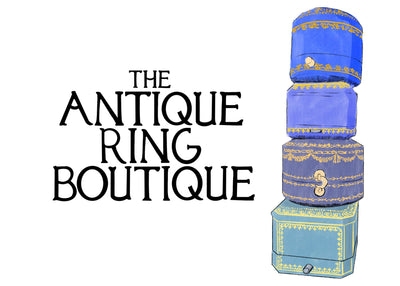The hardest material known to man, diamond gets its name from the Greek ‘adamas’, meaning 'unconquerable'. A cubic crystal form of pure carbon, diamond’s combination of hardness, characteristically bright ‘adamantine’ lustre and high dispersion or ‘fire’ have captured our imaginations for millennia. The earliest recorded sources of diamonds were from India, found glittering at the bottom of river beds. These stones, known as ‘Golconda’ diamonds after the Indian city of Golconda where they were traded, were famed for their whiteness and purity, and some of the world’s most famous and historic examples, such as the Koh-I-Noor in the Queen Mother's Crown, can be traced to these distant origins. By the mid 1700s, similar riverbed deposits of diamonds were being found in Brazil, but it wasn’t until the 1867 discovery of the 21.25 carat ‘Eureka’ diamond on a farm in South Africa that these rare gems were actually mined. These South African deposits revolutionised the worldwide jewellery industry and yielded some of the most important diamonds ever discovered, such as the Star of Africa, and the record-breaking 3106.75 carat Cullinan diamond, later re-cut into a number of stones in the British Crown Jewels. Today, though no longer the sole preserve of royals and aristocrats, diamonds still enjoy their place as the most valuable and prestigious gemstone, and are the only stones with a standardised and dedicated grading system. Due to their beauty and incredible durability, diamonds make an excellent choice for any jewel, whether as a principal or accent stone.
Read more about diamond
|
About Diamond |
Why diamond engagement rings? |


